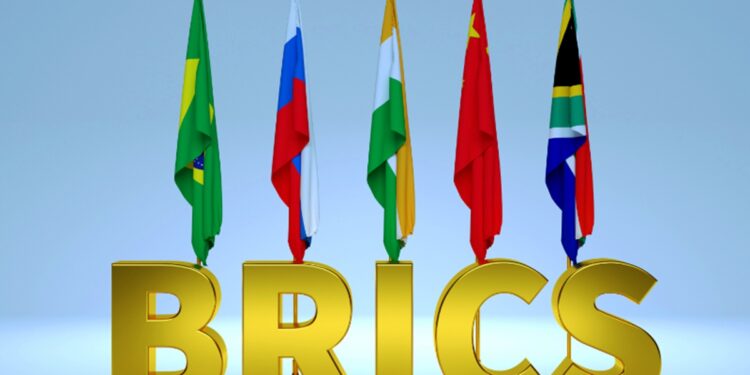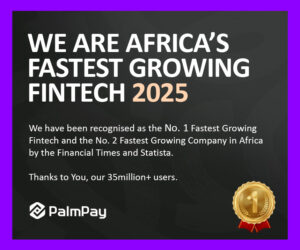Membership in the BRICS group of emerging-market nations is poised to double, as five countries- Saudi Arabia, Iran, the United Arab Emirates, Ethiopia, and Egypt are set to join its ranks on Jan. 1, according to South Africa’s envoy to the bloc.
In August, the current members—Brazil, Russia, India, China, and South Africa—extended invitations to six other nations to join their group, creating a coalition of major energy producers and significant consumers in developing countries.
Argentina was the sole nation to decline the invitation following President Javier Milei’s reversal of his predecessor’s membership bid upon taking office this month.
Representatives from the five invitees actively participated in a BRICS sherpa meeting in Durban, South Africa, earlier this month, signaling their acceptance of the invitation to join, as stated by Anil Sooklal, Pretoria’s ambassador to the bloc, in an interview on Friday.
The new members are expected to send officials to a sherpa meeting in Moscow on Jan. 30.
Nigeria to become a member in two years
- Around 30 countries expressed interest in forming connections with the bloc, as reported by Russian Foreign Affairs Minister Sergey Lavrov this week.
- Although Nigeria’s Vice President attended the group’s summit in South Africa, there wasn’t any concrete show of interest in becoming a member from the country.
- However, Africa’s most populous nation and biggest economy, aims to join BRICS within the next two years, as stated by Minister of Foreign Affairs Yusuf Tuggar in November.
About the BRICS group
- Established in 2009 as an informal alliance, the BRICS group (which was initiated by Russia) is aimed at providing a platform for its members to counter the dominance of the United States and its Western allies in the global order.
- The rationale for the expansion of the alliance lies in the quest for alternative arrangements to the existing global power balance, as stated by South African Foreign Minister Naledi Pandor.
- Collectively, the BRICS countries lay claim to 42% of the world’s population, 30% of the global landmass, and 24%of the global economic output.















